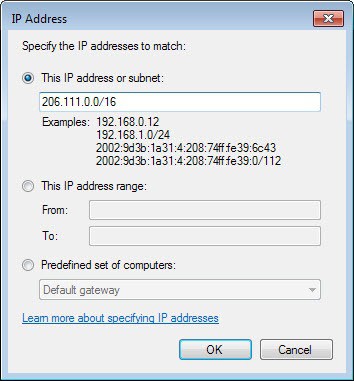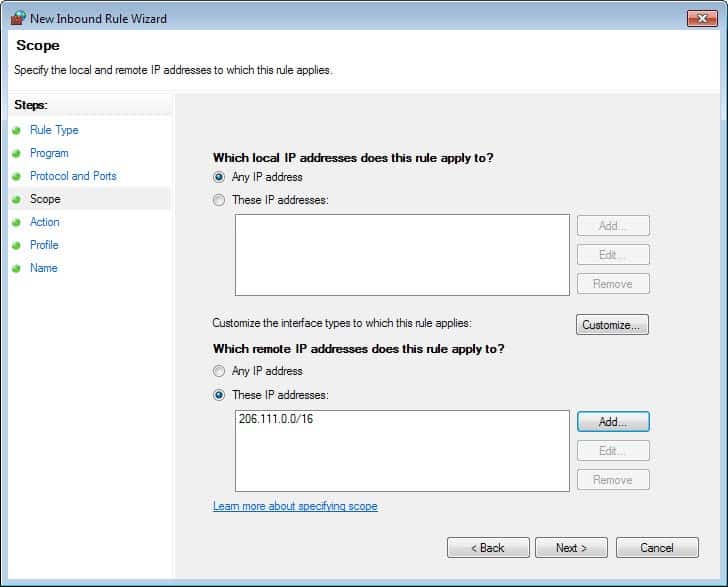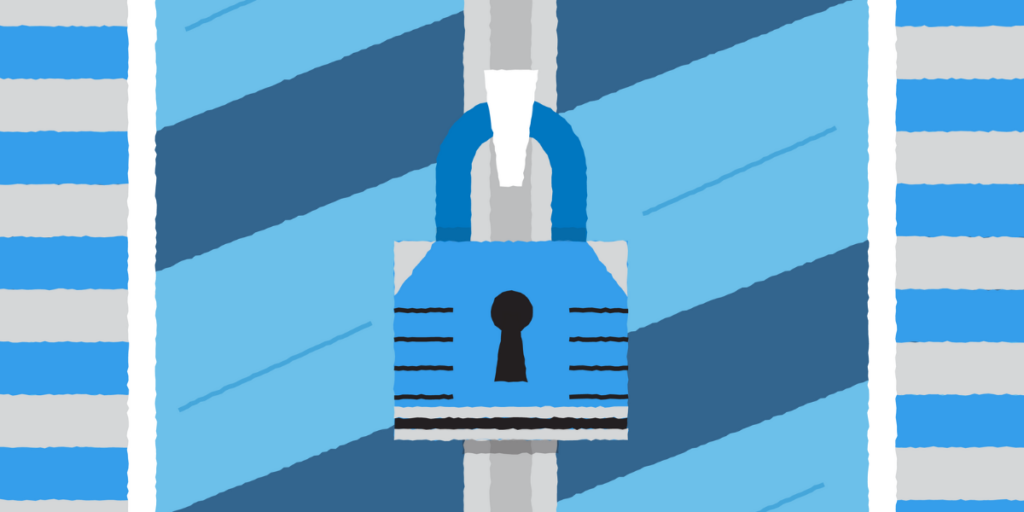Using IP blocking and firewalls together is an effective way to prevent malicious traffic by filtering network traffic based on IP addresses and other criteria, thereby blocking known threats and unauthorized access.
IP Blocking involves denying traffic from or to specific IP addresses that are identified as malicious or suspicious. This can be done using blocklists that are regularly updated with known bad IPs, such as those distributing malware or involved in command-and-control activities. Trusted threat intelligence sources, like Palo Alto Networks’ external dynamic lists (EDLs), provide continuously updated lists of malicious IPs that can be used to create firewall rules to block both inbound and outbound traffic to these addresses. Best practices for IP blocking include regularly updating blocklists, reviewing security settings, and ensuring legitimate users are not accidentally blocked.
Firewalls act as gatekeepers by filtering traffic based on predetermined rules involving IP addresses, ports, and protocols. They enforce network security policies by allowing authorized traffic and blocking unauthorized or malicious traffic. Firewalls can block traffic from known malicious IPs and integrate with other security tools for enhanced protection. They are typically the first line of defense in network security.
Intrusion Prevention Systems (IPS) complement firewalls by inspecting the content of data packets in real time to detect and block threats that may bypass firewall rules. IPS can automatically block malicious IP addresses, reset connections, quarantine infected devices, and alert security teams. They use multiple detection methods such as signature-based, anomaly-based, and policy-based detection to identify threats.
Together, IP blocking and firewalls form a layered defense:
- IP blocking targets known malicious IPs to prevent communication with harmful sources.
- Firewalls enforce broader traffic filtering rules to control access and prevent unauthorized entry.
- IPS provides deeper inspection and automated response to threats that evade initial filtering.
Additional measures to enhance protection include rate limiting to control request frequency from single IPs and using Web Application Firewalls (WAFs) to filter HTTP traffic specifically for web applications.
In summary, using IP blocking with firewalls helps prevent malicious traffic by blocking communication with known bad IPs and enforcing security policies, while IPS adds an active layer of threat detection and response to protect the network comprehensively. Regular updates and integration with threat intelligence are key to maintaining effective protection.




















Maple Ranking offers the highest quality website traffic services in Canada. We provide a variety of traffic services for our clients, including website traffic, desktop traffic, mobile traffic, Google traffic, search traffic, eCommerce traffic, YouTube traffic, and TikTok traffic. Our website boasts a 100% customer satisfaction rate, so you can confidently purchase large amounts of SEO traffic online. For just 720 PHP per month, you can immediately increase website traffic, improve SEO performance, and boost sales!
Having trouble choosing a traffic package? Contact us, and our staff will assist you.
Free consultation